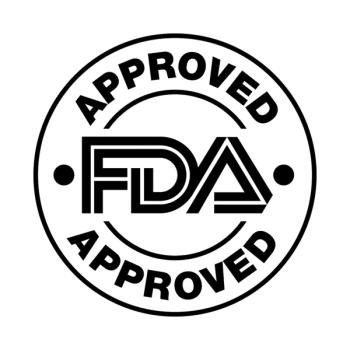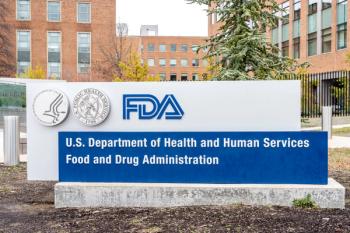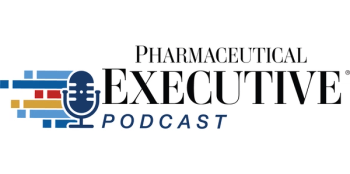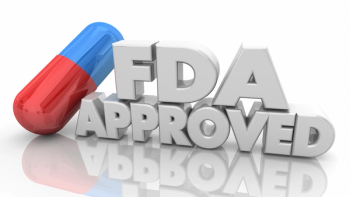
Report: How managed care cuts costs
There were five main techniques applied by the managed care industry in an effort to stem pharmaceutical costs in recent years, according to the "1999 Pharmaceutical Industry Profile" published by the Pharmaceutical Research and Manufacturers of America.
There were five main techniques applied by the managed care industry in an effort to stem pharmaceutical costs in recent years, according to the "1999 Pharmaceutical Industry Profile" published by the Pharmaceutical Research and Manufacturers of America.
In addition to formularies, which PhRMA says are in place at 90% of health maintenance organizations, managed care organizations used therapeutic interchange, step-care therapy, drug utilization reviews, generic substitution and disease management to control escalating prescription drug benefit costs.
Listed below are those six techniques, with rate of use data and definitions.
Formularies. Defined as lists of prescription drugs that are approved for insurance coverage, formularies are commonplace in modern health care. They varied in restrictiveness, with some listing all drugs ("open" formularies) and others listing only those that were reimbursed ("closed" formularies). According to PhRMA, approximately 31% of HMOs used closed formularies in 1996 versus 27% in 1995.
However, studies in the years since PhRMA's 1996 data have suggested that restrictive formularies may not control costs but instead push them higher. As a result, PhRMA's final data for 1997 may indicate a slowdown or even a decline in restrictive formularies.
Therapeutic interchange. About 18% of HMOs used therapeutic interchange, down from 22% in 1990, according to PhRMA. Therapeutic interchange involves the dispensing of a different drug than the one a physician prescribed, usually but not always in the same class.
Step-care therapy. This technique "requires physicians to follow a sequence of treatments for a given condition, usually starting with the lowest-cost treatment and progressing to the higher-cost treatments only if previous treatments are not effective," according to PhRMA. The percentage of HMOs using step-care therapy increased from 27% in 1990 to 35% in 1996.
Drug utilization review. More than 80% of HMOs required drug utilization review in 1996, according to PhRMA. Drug utilization review programs entail monitoring physician prescribing practices for the safe, appropriate and effective use of drugs. However, PhRMA pointed out, the pressure to contain costs has created "room" and a perceived need to include cost-savings criteria in drug utilization review programs.
Generic substitution. Replacing a brand-name product with a generic version is still a popular cost-containment technique with managed care organizations. According to PhRMA, the percentage of HMOs that require such switches climbed from 63% in 1990 to 71% in 1996. PR
Newsletter
Lead with insight with the Pharmaceutical Executive newsletter, featuring strategic analysis, leadership trends, and market intelligence for biopharma decision-makers.





